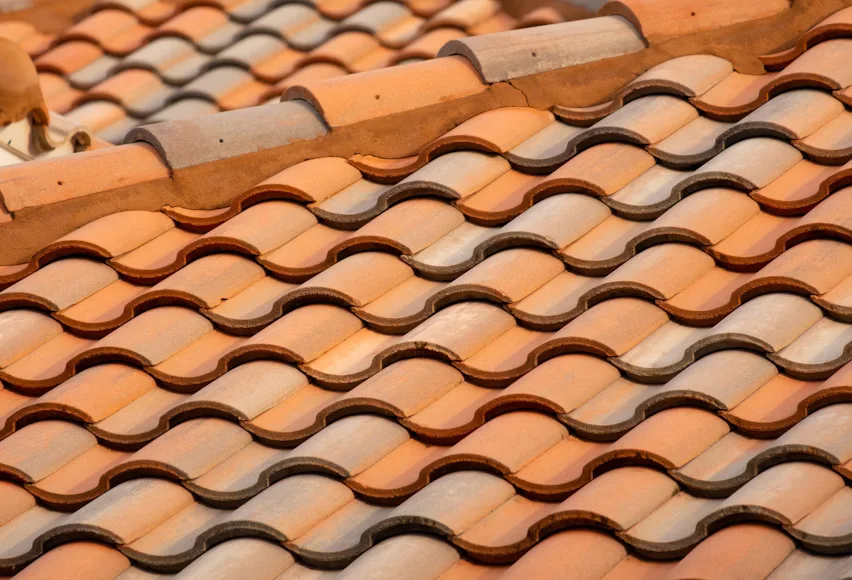Regular home maintenance is crucial for preserving the integrity and safety of your property. Among the various components of a house, the roof plays a significant role in shielding everything beneath it. Minor issues like damaged shingles or small leaks for small roof issues may seem inconsequential at first, but neglecting these can lead to severe consequences.
Homeowners often overlook small roof problems, which can exacerbate significant issues. Understanding the importance of proactive measures can save you headaches, expenses, and potential hazards down the line.
Missing Annual Inspections
Most homeowners schedule annual roof inspections, but others see them as an unnecessary expense. The reality is that regular inspections are a fundamental part of home maintenance. These inspections help identify small problems before they escalate. When you overlook this simple task, your roof might suffer undetected damage.
You may not notice small leaks or shingles loosened by harsh weather until those minor issues worsen. The simple truth is your roof protects your home every day, so regular inspections are crucial for ensuring its longevity and stability. During an inspection, professionals look for wear and tear, damaged or missing shingles, and signs of leakage.
Identifying these problems early can prevent more significant issues, such as mold growth or structural damage, that would require costly repairs. Actively maintaining your roof is a responsible way to ensure the safety of your home and your family.
Visible Damage: Signs to Watch For
Often, small roof issues manifest visually. Homeowners should be aware of certain indicators that can signal deteriorating conditions. Look for curling or missing shingles, which may indicate that your roof is at the end of its lifespan. Stains on interior ceilings often reveal leaks, leading to significant water damage if not addressed immediately.
Debris accumulation on the roof can trap moisture, creating an ideal environment for mold or rot. Inspect the roof edges, where they meet the gutters, and check for debris buildup that can cause water to pool. If this remains unaddressed, it could lead to leaks. If you find any of these signs, think about contacting a professional for an assessment.
Want more on this? Here’s a piece that pairs perfectly.
The Consequences of Delay
Putting off roof repairs can lead to a domino effect, affecting not just the roof but the entire home. A small leak may compromise underlying structural components, leading to more extensive and costly repairs. Studies suggest that untreated roof damage can reduce the longevity of your roof by up to 25%.
That’s a significant hit for any homeowner. Ignoring these minor repairs can lead to mold and mildew growth within the attic. This poses health hazards and could compel extensive remediation efforts. Delaying necessary maintenance impacts your property value and may turn potential buyers away, increasing your financial burdens in the long run.
Costs of Neglect
While it’s tempting to overlook small repairs, the costs associated with neglect typically outweigh the expenses of timely maintenance. Think about repairs that might begin with minor fixes, such as re-sealing or replacing a few shingles. If these repairs are ignored, the cost of replacing an entire roof or addressing significant structural damage will become much more expensive.
The average cost of a roof replacement can range from $5,000 to $30,000, depending on the material and size of the roof. A modest repair might only cost a few hundred dollars, but neglecting it could lead to spending thousands later on. Prioritizing routine maintenance can prevent these inevitable costs from piling up.
Prevention Best Practices
Taking proactive measures can prolong your roof’s life and minimize repair costs. Regular inspections are the first line of defense against minor damage. Besides hiring a professional inspector, homeowners can conduct personal checks to spot issues between inspections. Look for signs of wear during seasonal changes, as different weather patterns can reveal potential problems.
You can practice proper roof maintenance by cleaning gutters regularly. Clogged gutters can cause water to back up onto the roof, leading to leaks and rot. If you notice excessive debris after storms, take time to clear it out. Another preventive measure is trimming overhanging branches that may scratch or damage the roof.
Ignoring little roof problems could seem harmless, but there could be long-term, expensive, and dangerous repercussions. Little indications of damage are frequently precursors to more significant underlying issues that only become worse with time. Homeowners may protect their roof’s integrity, increase its longevity, and prevent major financial setbacks by being proactive and implementing routine inspections, timely repairs, and continuous maintenance.
If you enjoyed this post, you’ll love what’s featured on 2A Magazine.







